April 6 is National Tartan Day. National Tartan Day honors all the Scottish heritage that flows through this nation. From its earliest beginnings, Americans with Scottish ancestry endeavored for that freedom as much as any American. It was in their blood.
It was 400 years before they had declared –
“For we fight not for glory, nor riches, nor honours, but for freedom alone which no good man give sup except for his life.” – from the Declaration of Arbroath
It might be surprising to know that of the 13 governors in the newly established United States; nine were Scots. There are 56 signatures on the Declaration of Independence. Some scholars suggest nearly a third of those signers were of Scottish descent.
Not only can we point to the country’s founding fathers, but of the 43 Presidents who have taken office, 33 have been of Scottish descent.
Those with Tartan blood were and are independent and resourceful. They are prolific inventors and writers. They are talented musicians and artist, experienced leaders and scholars. In the United States today, over 11 million Americans claim Scottish or Scotch-Irish roots. That makes them the 8th largest ethnic group in the United States.
What is a Tartan?
A tartan, is a cloth bearing a pattern of overlayed checks in several bright colors. A plaid, contrary to popular usage, “is actually a blanketlike piece of tartan worn over the shoulder.”
Tartan is Scotland’s famous patterned woven textile. It’s the most recognizable pattern associated with Scotland. Tartan consists of “interwoven vertical and horizontal lines, known as a sett,” according to Scotland’s National Tourism Organisation. The pattern is seen on shirts, kilts and other clothing.
How To Observe Tartan Day:
- Check local civic websites for parades, ceremonies and events.
- Wear your tartan
- Use #NationalTartanDay to post on social media.
- Create a tartan that is unique to your ‘family clan’.
- Attend a Tartan Day parade. One of the largest Tartan Day parades is held in New York City.
- Learn Highland dancing which originated in the Scottish Highlands.
- Eat traditional Scottish foods including Haggis, Scottish porridge, Scotch broth and shortbread cookies.
- Play golf. Golf originated in Scotland during the 15th century
So you want to wear a traditional kilt on National Tartan day and you aren’t sure how to get it on properly? Here’s a video showing how to correctly fold and wear the Scottish plaid, a step by step guide to becoming a real highlander!
National Tartan Day Facts & Quotes
- Rachel Walker holds the Guinness World Record for wearing the most Tartans within 60 seconds. Walker managed to put on 4 kilts within 60 seconds.
- According Martin Martin, author of A Description of the Western Islands of Scotland, a tartan served to distinguish residents of different regions. Eventually, the tartan was used as a symbol of belonging to a specific clan.
- The major languages spoken in Scotland are English, Scottish Gaelic and Scots.
Photos for National Tartan Day:
Hans Wild’s photos from the 1940’s capture the intricate detail of Scottish culture down to the shearing of a wooly sheep and the fingering on a traditional bagpipe melody. Pride, in both national heritage and familial lineage, courses through the images. It was, after all, a matter of serious — and legal — business, as the magazine laid out clearly: “A person who wears the crest of a clan of which he is not a member may be fined £8 6s 8d.”
- Competitors for the world championship, dancing the Reel of Tulloch in strathspey and reel contest.
- The Edinburgh Castle sitting high on a rock above St. Cuthbert’s Church (L).
- Eilean Donan Castle guards Loch Duich in the western Highlands near Dornie.
- A lovely 14th century bridge still used for pedestrians.
- Lord Lyon King of Arms, Thomas Innes of Learney, is supreme judge of all Scottish genealogies.
- In full dress a piper of the famed Black Watch regiment pipes a pibroch at Perth Barracks.
- Outtake from essay on Scotland, 1947.
- Outtake from essay on Scotland, 1947.
- Outtake from essay on Scotland, 1947.
- Outtake from essay on Scotland, 1947.
- Outtake from essay on Scotland, 1947.
- Outtake from essay on Scotland, 1947.
- Outtake from essay on Scotland, 1947.
- A four year old boy branding the newly sheared sheep with tar.
- A champion steer standing in a pasture.
- A newly released prisoner of war, bringing carcasses (shot the night before) up to shore.
- A statue of the fifth Duke of Buccleuch, standing in front of St. Giles church.
- Outtake from essay on Scotland, 1947.
- Glamis Castle, first built in the 11th century, where Macbeth supposedly murdered Duncan.
- The small glen leading into the hills.
- A man trying to toss the Scotch fir log over in a straight line in the direction the man’s run.
- Outtake from essay on Scotland, 1947
- A man throwing an eight pound weight.
- Outtake from essay on Scotland, 1947
And just for good measure, here’s one last pic:
Sources:
lucy: good-vibes
카지노사이트: The Noumenia
Briar: August Moon Names
Deb: All Soul’s Day
Universitas Telkom: Feast of Stolen Fire
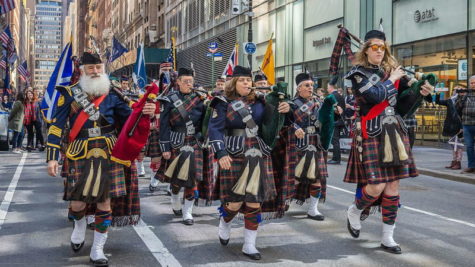
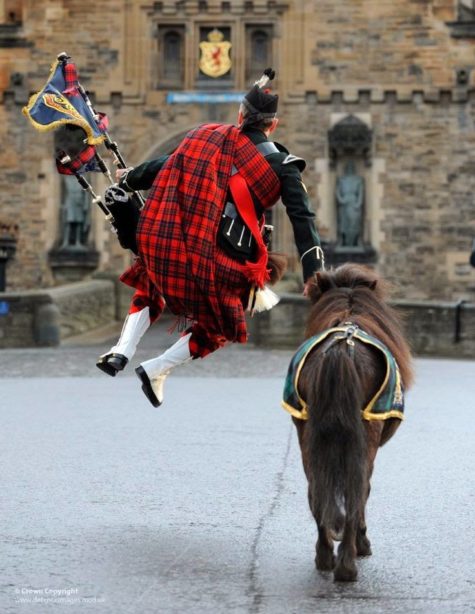
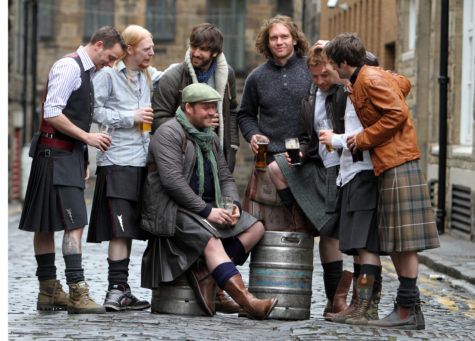
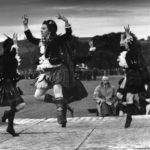
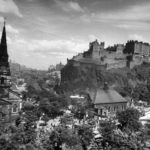

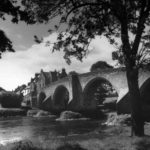
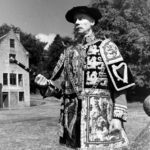
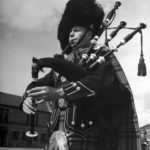
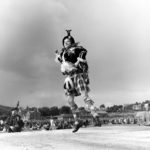
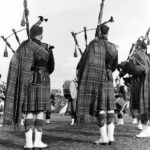


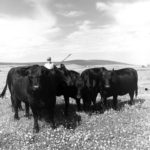
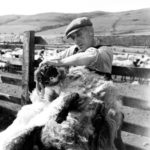
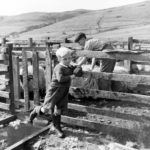
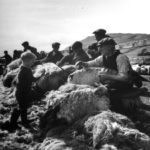
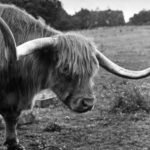
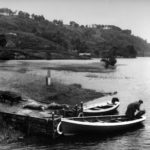
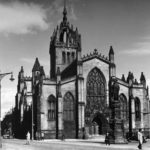
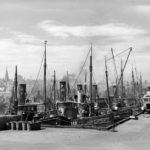

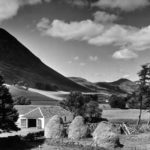
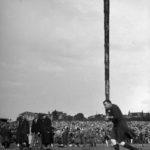
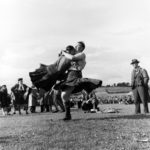
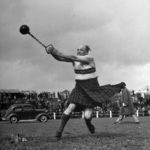
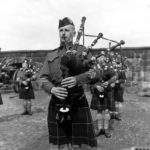
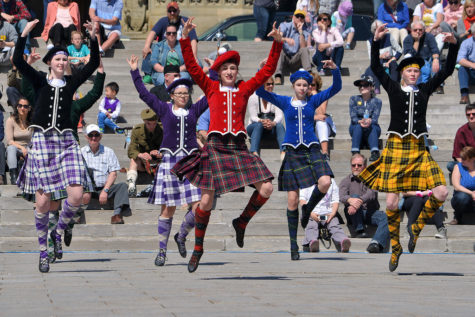

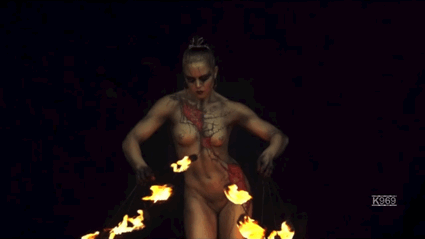
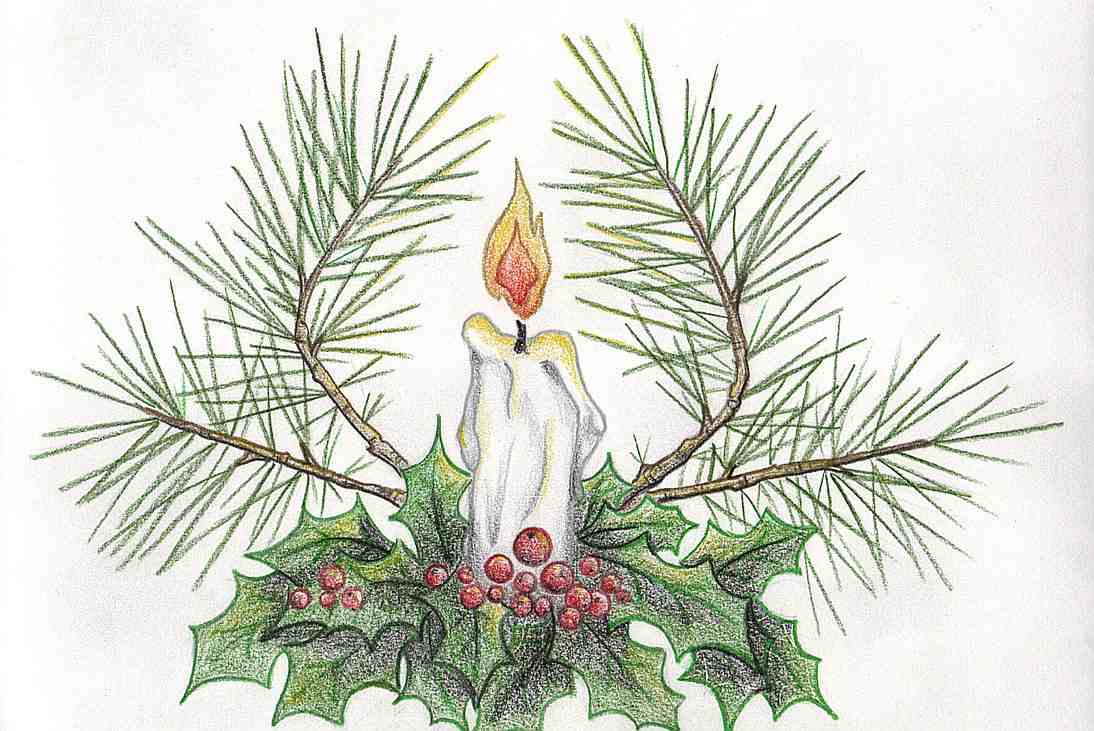
Leave a Reply